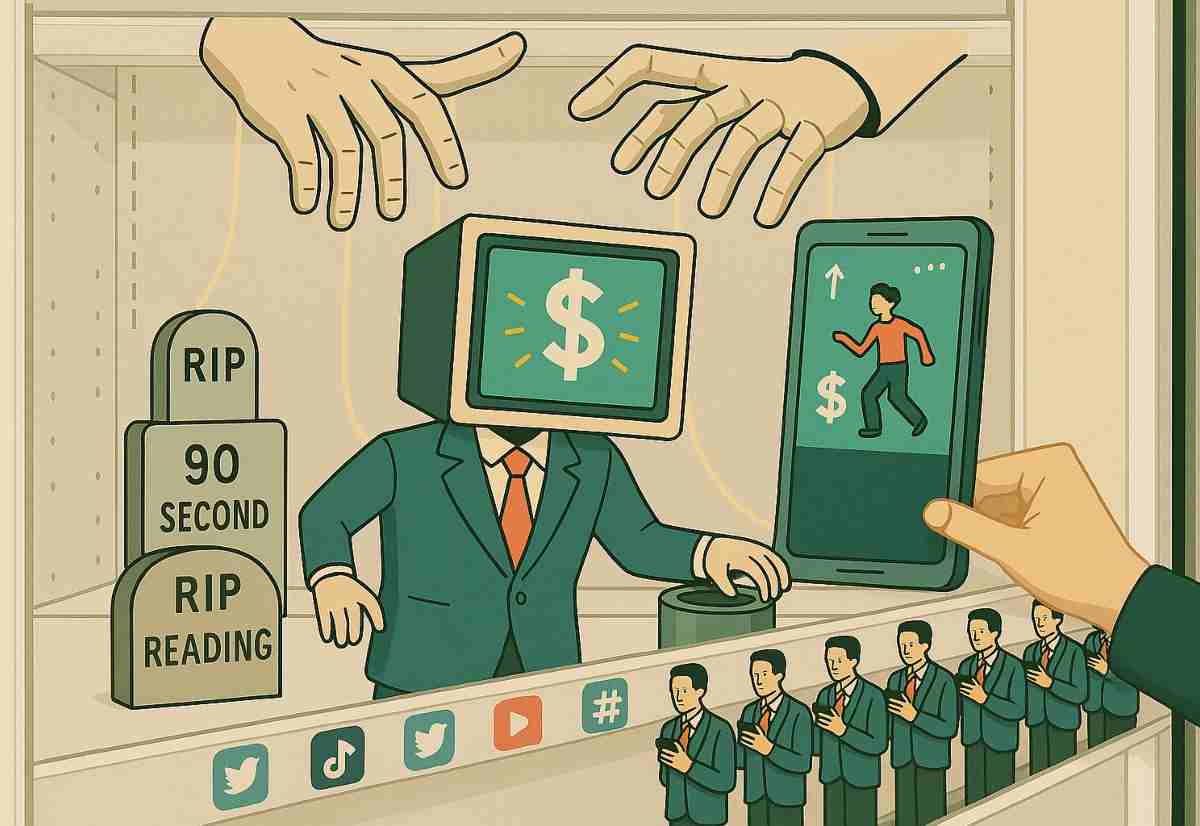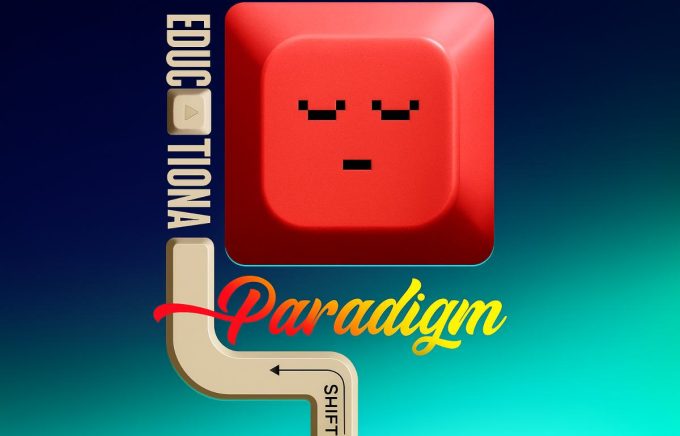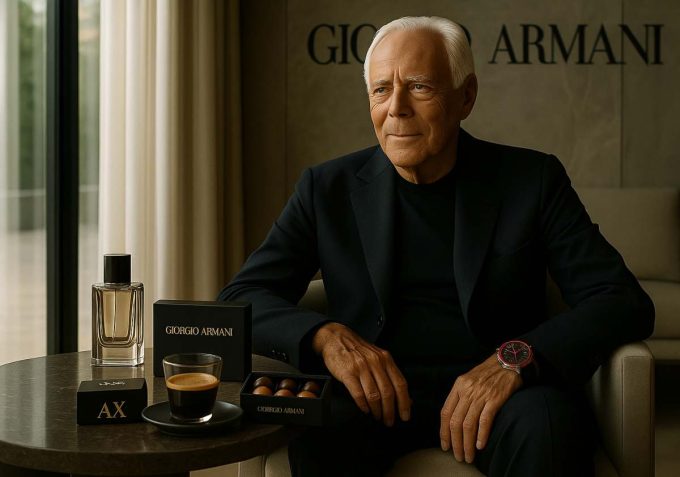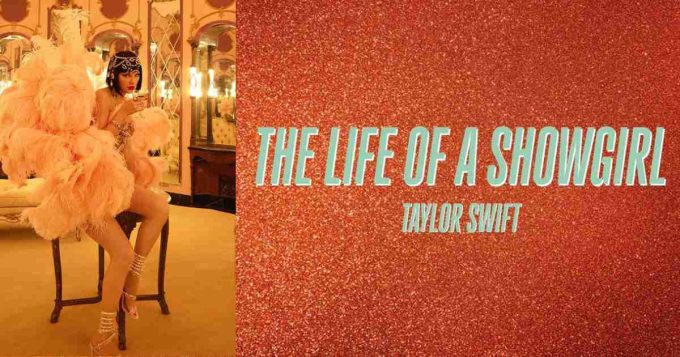Is This The Death of Long-Form Content?
Once upon a time, not too long ago… You could sit through a full two-minute soft drink ad and actually enjoy it. There was a story, a climax and even an emotional tug in adverts. Remember the Real Beauty by Dove or the emotionally manipulative brilliance of Google’s “Parisian Love”?
Those were the golden days of long-form advertising, when brands dared to believe that audiences had the patience for storytelling.
Then came Reels. The scroll got faster, the focus got shorter, and the world as we know it changed. Welcome to the attention economy crisis.
The Rise of the 15-Second Attention Span
Long-form ads were once the holy grail for brands: nuanced, emotional, story-driven. They could afford to build a narrative arc. The rule now? Say it fast, slap on a trending audio and pray that the algorithm and the echo chamber gods are on your side.
Social media didn’t just change formats; they changed expectations.
Fast content = good content. Yes, the algorithms reward brevity whether we like it or not.
The dopamine-hit culture thrives on quick transitions, flashy captions, and endless loops of easily digestible entertainment. When you train your brain to process information in five-second bursts, you start expecting all of life to be that fast.
This results in not just a decline in focus, but a decrease in tolerance for depth, no wonder the brands have also lost their connection with creativity, to adapt.
Marketers who once orchestrated cinematic mini-films are now fighting for survival in a world where the first three seconds determine success. Long-form ads, with their nuanced messaging and artful buildup, are being shoved into the digital graveyard.

Attention Span: Endangered and Exploited
Microsoft’s 2023 report shows Gen Z’s average attention span has shrunk to 8 seconds. Reels didn’t just shorten content; they flattened it. Users now consume content with “one eye on the screen and another on what’s next,” feeding a perpetual loop of anticipation and distraction.
And this mental rewiring has bled into marketing. Brands can’t afford to build a story. They have to cut through the noise to add to the noise. There’s little space for emotional resonance when your brand’s voice must fit into a template optimised for speed. But what happens when everyone is cutting? Extinction.
The problem isn’t just with the brands; we are the problem too. Our brains are being rewired by the very platforms we scroll on for hours. We’re addicted to bite-sized content. And like any addiction, we now crave the rush of speed over the reward of depth.

Are Brands Complicit or Cornered?
You might think brands are to blame for hopping onto every social media trend and are compromising their messaging for virality. But let’s not forget, they’re just trying to survive. Because virality is greater than value.
In the attention economy, engagement equals existence. If your ad isn’t “hooking” within the first three seconds, you’re toast. CPMs rise, reach dies, and your ROI turns to dust. So brands play along. They create trendy, fast-paced content, not because they want to, but because the algorithm leaves them no choice.
You can’t run a soulful 90-second spot on TV anymore, not unless you want your reach to nosedive. When art becomes a race for survival, it loses its very beauty.
The social media platforms are the only ones winning. They monetise your time and sell your attention to advertisers who no longer have time to be thoughtful. The more content you consume, the more data they harvest, and the more ad revenue they generate.
Why? Oh, silly, because the internet is no longer a tool; it’s a landscape, and in this hyper-visual, hyper-fast landscape, ads must become content and content must become a performance.
While this tactic does offer reach in the present, however in the long run, they’re diluting brand equity. When every brand sounds the same and dances to the same audio clip, how do you stand out? That’s right, you don’t! Actually, you can’t.

So, Is Long-Form Advertising Dead?
Not entirely, but there is no doubt that it will if nothing is done. There’s still space for long-form ads on streaming platforms’ brand-owned content hubs. But it’s niche, not mainstream. To survive, long-form advertising must evolve into experiences, not just messages.
Brands must stop chasing trends and start building trust. Maybe not everyone will watch your 60-second video, but those who do might actually care. That’s the trade-off.
It’s time we admit that short videos did ruin everything, but also that maybe, just maybe, the blame lies with us too. In the end, we get the content we reward. And until we start rewarding depth again, the scroll will continue, the stories will shrink, and our collective attention span will continue its tragic free fall.
The ball is in our court. Start reading, start rewarding.










